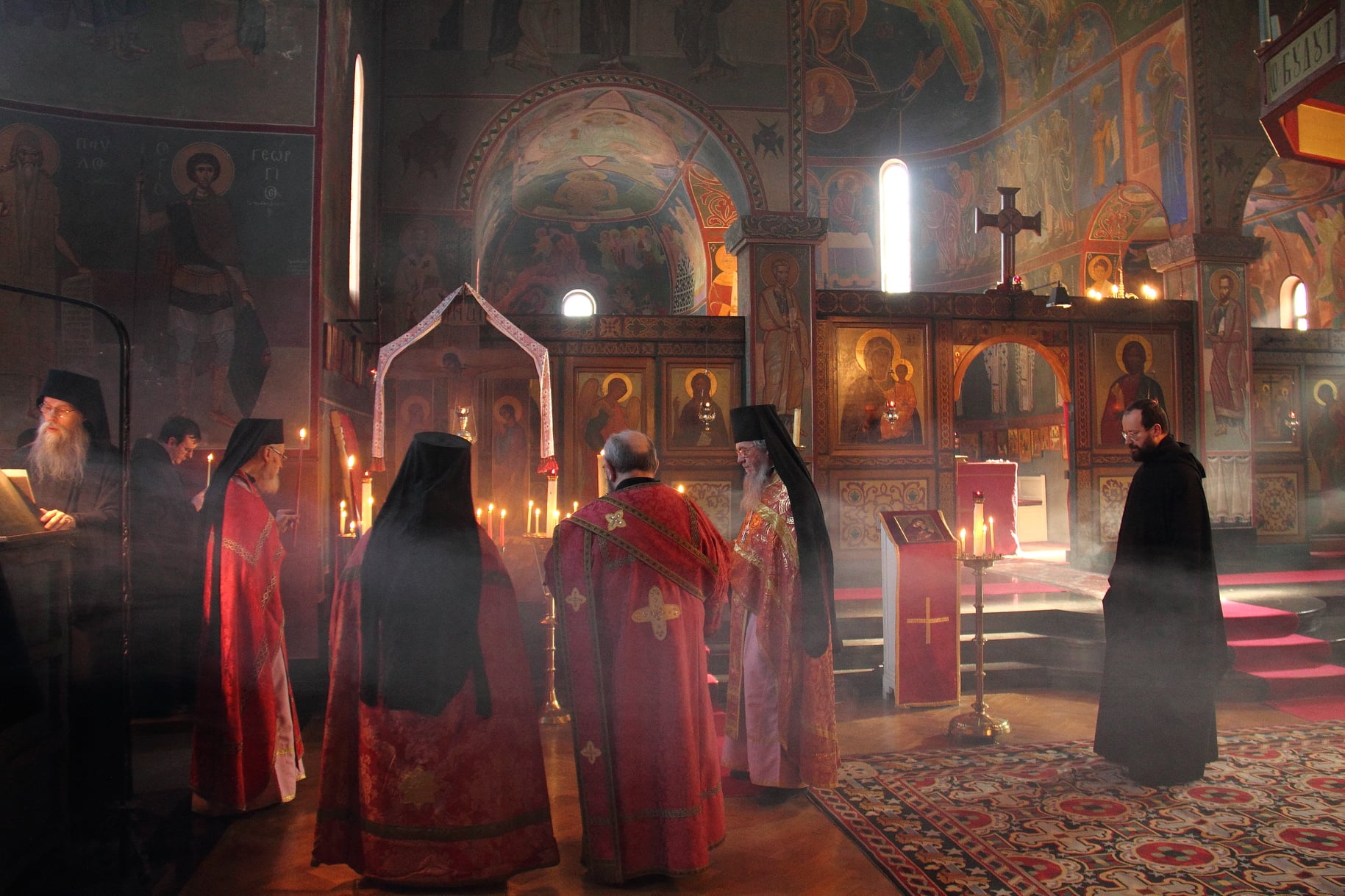Ecumenical Endeavours

Since the mid-twentieth century much progress has been made in healing the schisms within the Universal Church that have riven the Mystical Body of Christ for more than 1,500 years. Many of the disagreements and controversies of past centuries and millennia have, with recent dialogue and scholarship, been found to have arisen largely through poor translation and profound cultural differences. While this is in itself tragic, it nonetheless offers hope that the Apostolic Churches may one day be united without any compromise to the integrity of the Faith.
The Orthodox communions have arguably come closest to realising this hope. In 1993, after three decades of dialogue, the Joint Commission of the Theological Dialogue Between the Orthodox Church and the Oriental Orthodox Churches proposed the lifting of anathemas between the two communions and recommended “that restoration of full communion for both sides is to be immediately implemented”, having concluded that the Christological formulas of both communions are, in fact, in agreement and were united in their condemnation of the Eutychian and Nestorian heresies at the Council of Chalcedon. While these findings were disputed by others in the Orthodox Church, most notably on Mount Athos, they nonetheless provide a promising framework for future unity.

An early expression among Catholics of the renewed desire for unity was the founding of a biritual Benedictine monastery in Chevetogne, Belgium, by Dom Lambert Beauduin in 1925. The monks celebrate daily services in both the Latin and Byzantine Rites, and their work was instrumental in the adoption of ecumenism by the Second Vatican Council (1962-65). This resulted in the lifting of the mutual anathemas of 1054 by Pope Saint Paul VI and Ecumenical Patriarch Athenagoras I in Jerusalem in 1964. While this did not immediately result in renewed communion between the Catholic and Orthodox Churches, it did begin a long and fruitful ecumenical dialogue which has largely eliminated doctrinal obstacles to unity. The primary obstacle which remains is that of ecclesiology; specifically the nature of episcopal primacy and the ministry of the Pope of Rome. For much of its history, the Apostolic See of Rome has claimed direct canonical authority over the Universal Church, a position long disputed in the East, which stresses the equality of all bishops and places universal authority in the hands of ecumenical councils, according the Pope of Rome the privileges commensurate to a primacy of honour.
This historical claim began to be challenged by Pope Saint John Paul II in 1995 in his encyclical Ut Unum Sint (published only three weeks after his great letter of love to the Eastern Churches, Orientale Lumen), in which he invited other “Church leaders and their theologians to engage with me in a patient and fraternal dialogue” on the nature of papal primacy and even the limits of its jurisdiction. More recently, in 2016, the Joint International Commission for Theological Dialogue Between the Catholic Church and the Orthodox Church published Synodality and Primacy During the First Millennium: Towards a Common Understanding in Service to the Unity of the Church. This “Chieti Document” made several groundbreaking concessions to Orthodox ecclesiology, among them that: “Reception by the Church as a whole has always been the ultimate criterion for the ecumenicity of a council” and, perhaps most startlingly of all, a recognition that: “the bishop of Rome did not exercise canonical authority over the churches of the East” during the first millennium, seemingly renouncing papal claims to direct universal jurisdiction. Dare we hope that, although the papal style of “Patriarch of the West” had been quietly dropped ten years earlier, this title may one day be revived by the primus inter pares of a reunited Church? ✠
